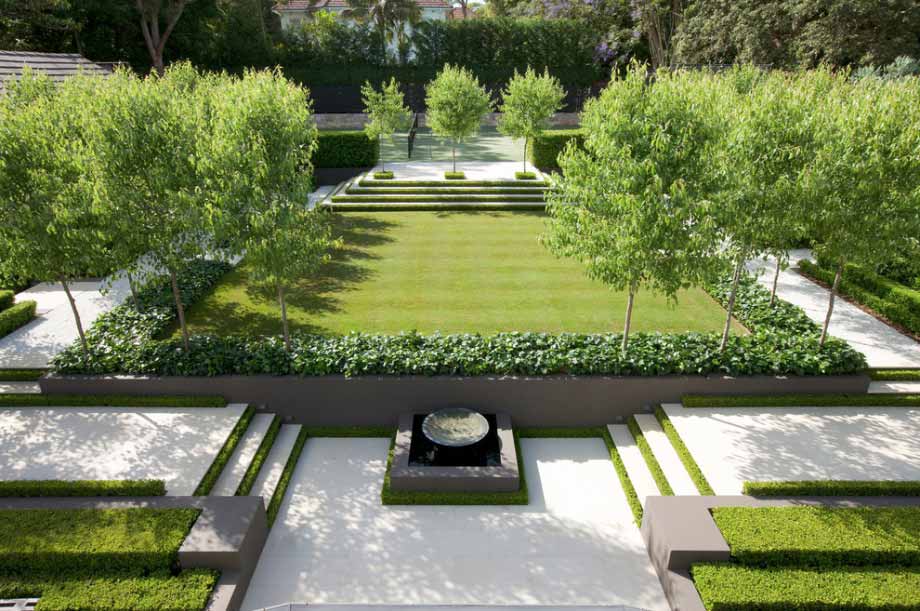In the realm of commercial real estate, the exterior aesthetic of a property holds substantial importance. Beyond merely being visually appealing, a well-designed landscape can significantly enhance the overall value, appeal, and functionality of a commercial space. In this article, we’ll delve into the art and science of commercial landscape design, exploring key principles, trends, and considerations for creating inviting, sustainable, and functional outdoor environments.
- Understanding the Purpose and Context: Before embarking on a commercial landscape design project, it’s essential to understand the purpose and context of the space. Consider factors such as the type of commercial property (e.g., office building, retail center, hotel), the target audience, local climate conditions, and any specific site challenges or opportunities. A thorough understanding of these factors will inform the design process and ensure that the landscape effectively meets the needs and goals of the property owner and users.
- Creating a Welcoming Entrance: The entrance to a commercial property serves as the first impression for visitors and tenants, making it a crucial focal point in landscape design. Incorporate elements such as well-defined pathways, signage, lighting, and seasonal plantings to create a welcoming and visually appealing entrance. Pay attention to accessibility and safety considerations to ensure that the entrance is easily navigable for all users, including those with disabilities.
- Balancing Aesthetics with Functionality: Commercial landscape design should strike a balance between aesthetics and functionality, creating outdoor spaces that are both visually pleasing and practical. Consider the needs and preferences of users, incorporating features such as seating areas, gathering spaces, shade structures, and recreational amenities. Utilize a variety of plantings, hardscape materials, and architectural elements to add visual interest and create distinct zones within the landscape.
- Embracing Sustainable Practices: Incorporating sustainable design principles into commercial landscape projects not only reduces environmental impact but also enhances long-term cost-effectiveness and appeal. Explore options such as native plantings, drought-tolerant landscaping, rainwater harvesting systems, permeable paving, and energy-efficient lighting. Sustainable landscaping not only reduces water consumption and maintenance requirements but also creates healthier and more resilient outdoor environments.
- Maximizing Curb Appeal: Curb appeal plays a significant role in attracting tenants, customers, and visitors to commercial properties. Thoughtfully designed landscaping can significantly enhance curb appeal, making the property more attractive and memorable. Consider factors such as seasonal color schemes, plant maintenance, signage placement, and outdoor amenities to create an inviting and visually appealing exterior environment that sets the property apart from competitors.
- Incorporating Seasonal Interest: A dynamic landscape evolves throughout the seasons, providing year-round visual interest and appeal. Incorporate a diverse mix of plantings that offer seasonal color, texture, and bloom, ensuring that the landscape remains vibrant and engaging throughout the year. Utilize seasonal plantings, decorative elements, and outdoor lighting to create festive displays and enhance the overall ambiance of the commercial property during holidays and special events.
Conclusion: Commercial landscape design is a multifaceted endeavor that requires careful consideration of aesthetics, functionality, sustainability, and user experience. By understanding the purpose and context of the space, creating a welcoming entrance, balancing aesthetics with functionality, embracing sustainable practices, maximizing curb appeal, and incorporating seasonal interest, landscape designers can create outdoor environments that enhance the value, appeal, and functionality of commercial properties. With thoughtful planning and execution, commercial landscapes can become vibrant, inviting, and memorable spaces that enrich the lives of users and contribute to the success of the overall property.
